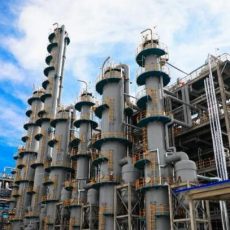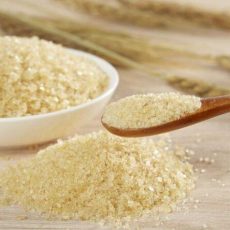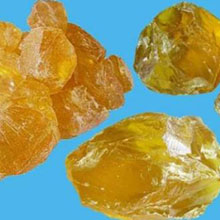water ring vacuum pump in EPS foaming application
Basic Introduction
Expanded Polystyrene (Expanded Polystyrene referred to as EPS) is a light-weight polymer. It uses polystyrene resin to add a foaming agent, and at the same time it is heated to soften it to generate gas and form a rigid closed-cell structure of foam.
EPS foamed polystyrene preparation process
There are two main preparation processes for EPS particles:
One-step impregnation process (referred to as one-step method). The one-step method is to add styrene monomer, initiator, dispersant, water, foaming agent (common foaming agents are pentane and butane) and other additives into the reactor together. After polymerization, a foaming agent is obtained. The resin particles are washed, centrifuged and dried to prepare expandable polystyrene beads.
The two-step impregnation process (referred to as the two-step method) is to first polymerize styrene monomer into polystyrene beads with a certain size, and then re-add water, emulsifier, foaming agent and other additives to the reactor after grading and sieving. Inside, heat dipping to prepare expandable polystyrene bead products, this method is also called post-dipping method.
Comparison of EPS foamed polystyrene preparation process: The one-step process is characterized by simple process, low investment cost, and is better than the two-step process in terms of reducing consumption and saving energy consumption. At present, the main process for producing expandable polystyrene abroad is the one-step method, which is the suspension method.
Molding
There are also two EPS molding processes:
One-step extrusion route, which is directly heat-extruded after the EPS particles bubbles. This method is mostly used to manufacture sheets and films; In the molding route, the EPS particles are firstly pre-expanded with air (or water vapor) at 100°C for 30 to 20 times, and then placed for 24 hours to be matured, and then the matured pre-foamed material is placed on aluminum or castings. In the manufactured mold, it is heated with air (or water vapor) at 115~120°C. While the material expands, the surface of the particles is fused into a foamed part by the action of heat.
EPS products are generally safe and non-toxic, but raw materials in different states during processing have certain risks. Polystyrene powder can irritate the respiratory tract and skin. EPS particles in storage emit pentane vapor, and pentane is extremely flammable and can form explosive mixtures with air. Heating polystyrene-type polymers may release styrene monomer, and styrene is a dangerous substance.
Foam factories need to use vacuum pumps in a variety of processes while producing and manufacturing foam products. Due to the particularity of the foam production process, water ring vacuum pumps are more suitable.
In the foam production process, the water ring vacuum pump plays an indispensable role in foam forming, vacuum dehydration and other processes.
However, what should the foam factory pay attention to when using the water ring vacuum pump?
First of all, a correct understanding of the selection of water ring vacuum pumps should be required. There is no fixed matching in the selection of water ring vacuum pumps. The selection and matching of water ring vacuum pumps are diverse. Under normal circumstances, Fozhen will issue a water ring vacuum pump solution suitable for the customer’s on-site use from the customer’s point of view according to the actual usage and requirements of the customer. Many users do not fully understand the performance and work of different series of water ring vacuum pumps, and often require the higher the vacuum degree, the better, and the larger the pumping volume, the better, which also leads to waste and differences in selection.
Secondly, in the process of using the water ring vacuum pump in the foam plant, the temperature of the circulating water is generally too high. When the water temperature is too high, it will affect the performance of the water ring vacuum pump and reduce the efficiency of the water ring vacuum pump. Cavitation may also occur, resulting in damage to the components of the water ring vacuum pump and overloading of the motor.
Again, you should pay attention to adding a pre-filter device before the water ring vacuum pump. Due to the particularity of foam production, a large number of foam particles, dust, etc. will be produced during the production process. When the water ring vacuum pump sucks in particles, the parts of the water ring vacuum pump will be worn, which will affect the performance of the water ring vacuum pump.
Copyright: EVP Vacuum Solutions
(The article comes from the Internet. If reprinting is not allowed, please contact our company to delete it.)




